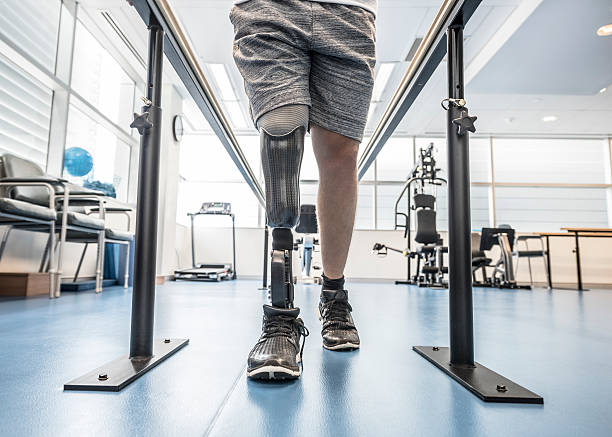– Getting Started & Next Steps
 New Technologies Boost the Fit and Performance of Surgical Prosthetic Equipment
New Technologies Boost the Fit and Performance of Surgical Prosthetic Equipment
Prosthetic devices is utilized to offer clients with a natural-looking as well as useful substitute for missing out on or dismembered body components. The prosthesis can be constructed from plastic, metal or various other materials. It can be attached to a person’s residual limb, or to an implant. The prosthesis is normally designed to fit the person’s form as well as function demands. The prosthesis can be powered by a battery, electricity, or muscle power. Making use of prosthetics is usually a major part of recovery for individuals with physical or psychological handicaps. They can assist with physical features, such as walking and also climbing, along with psychological facets, such as dealing with loss of control over everyday activities and also relationships. To get the most out of a prosthesis, clients require to be informed and also monitored to maintain the proper fit, preventing the growth of a variety of troubles that might bring about bad outcomes, such as discomfort, exhaustion, skin issues, as well as scarring. New modern technologies can boost the fit, performance and lifestyle for numerous patients with handicaps. Surgically-implanted implants and new smart prosthetic devices are being established to offer amputees raised control over their activity, sensory responses, and also a decrease in phantom pain. Researchers at the Center for Extreme Bionics at MIT have created a new neural user interface as well as communication paradigm that enables an individual to send a prosthetic activity command to the gadget, and receive back proprioceptive comments that describes how the joint relocations. The technique is called an agonist-antagonist myoneural user interface (AMI), and it was first executed in a human individual at Brigham and Female’s Faulkner Health center, Boston. Using an implanted myoelectric device, medical professionals can move the signals from residual muscular tissues into the prosthetic arm and leg. This can improve the toughness and also control of the arm and leg muscles, making it easier for the client to move their arm or leg. One more brand-new procedure that is being created by a team of UC Davis researchers and also plastic and rebuilding doctors can enable individuals to regulate their prosthetic limb by thinking what motions they want it to accomplish. This procedure, called targeted muscle reinnervation (TMR), transfers residual nerves from the amputated limb right into a new muscular tissue. These muscular tissue signals can then be read by microcontrollers on a smart prosthetic device. The device then can reply to those signals as well as allow the patient to relocate their limb. This kind of modern technology can be utilized to help amputees with a selection of limb loss problems, including lower limb amputations and also upper limb amputations. It can also be utilized to boost the feature of individuals with spastic paralysis, spina bifida and various other neuromuscular disorders. The brand-new treatment can likewise be made use of to enhance the capability of amputees to walk with a prosthetic, in addition to to raise flexibility. The specialists that collaborate with the individuals can teach them just how to activate their limbs, which assists increase the quantity of time they can invest outdoors, as well as enhances their lifestyle.
0 Picture Gallery: – Getting Started & Next Steps
5 Key Takeaways on the Road to Dominating
A Simple Plan For Investigating
This post topic: Health & Fitness

